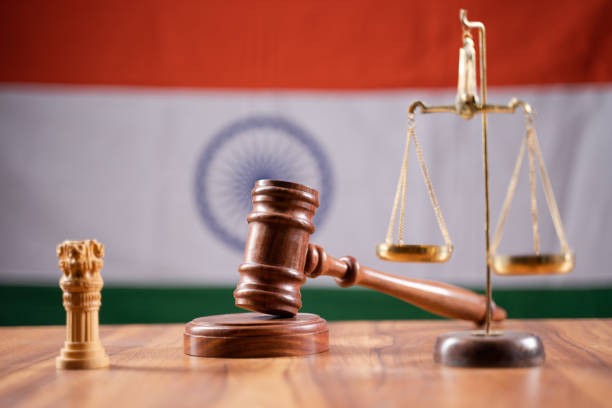This semester, I am working for ADF India to research judgments of the Indian High Courts and
Supreme Court to outline the historic basis and need to protect the rights of minorities.
The Indian Constitution guarantees cultural and educational rights to all citizens so that various
cultures, scripts, and languages may be preserved. Specifically, Articles 29 and 30 govern the
rights of minorities and minority-run institutions. The right to conserve language, culture, and
script is protected by Article 29, and minority institutions have the right to establish and
administer their educational institutions according to their choice under Article 30.
It is important to understand the differences between Article 29 and 30. First, what is a minority?
The term “minority” has not been explicitly defined in the Constitution. However, according to
Article 30(1), a minority may be either linguistic or religious or both.
In St. Xaviers College v. State of Gujarat, (1974) SC 1389, the Indian Supreme Court explained
that Article 29 gives rights to all citizens in terms of language, script, and culture. On the other
hand, Article 30 confers right only on religious or linguistic minorities and deals with the right to
administer educational institutions. The Court also held that minorities may establish and
administer educational institutions.
In T.M.A. Pai Foundation v. State of Karnataka, (2003) SC 355, the Indian Supreme Court
expanded its provisions for minority educational institutions. The Court held that state
governments and universities cannot regulate the admission policy of unaided educational
institutions run by linguistic and religious minorities. However, they can specify academic
qualifications for students and make rules and regulations for maintaining academic standards.
The Court also applied the same principle to the appointment of teachers and staff. Additionally,
the Court held that minority educational institutions do not lose their minority character simply
because they receive aid from the government. These rulings apply to all educational institutions
including primary, postgraduate, and professional education.
The Indian Constitution, with the help of Supreme Court interpretation, has created a foundation
to protect religious education. In the future, India should continue to encourage educational
institutions to teach students while preserving culture, religion, and language.
This post was written by Alexa Macumber, a Center Clerk.
*This post was written by a Center for Global Justice Student Staff member. The views expressed
in this post do not necessarily reflect those of Regent University, Regent Law School, or the
Center for Global Justice.

